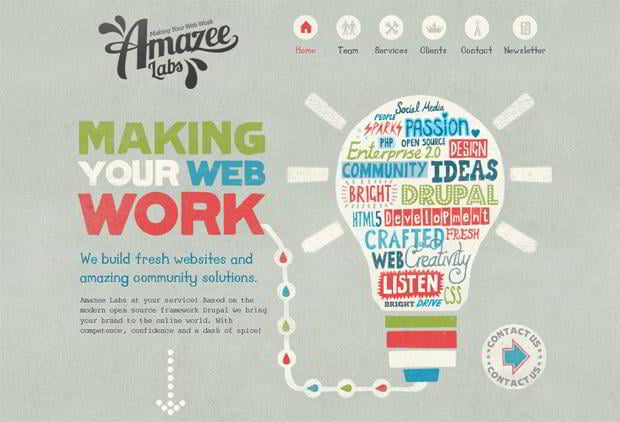The Effect Of Color On User Experience In Web Growth
The Effect Of Color On User Experience In Web Growth
Blog Article
Writer-Hyldgaard Robbins
Utilize the power of color psychology in web site design to improve customer involvement and understanding. Shades activate feelings, share messages, and influence how individuals analyze your website. They influence habits and decision-making, so choose sensibly. Warm colors produce necessity, while cooler tones cause leisure. Contrasting shades help highlight key elements. additional resources form your brand identity, reinforcing acknowledgment and connection with your audience. By lining up colors with your brand name values and considering your target audience's preferences, you can create a visually enticing and mentally resonant internet site. https://www.insideselfstorage.com/marketing/youre-doing-it-wrong-self-storage-marketing-strategies-abandon-2022-and-what-do-instead can make a substantial distinction in just how individuals view and engage with your brand name.
Significance of Shade Psychology
Recognizing the value of color psychology is crucial for producing impactful and engaging site designs that resonate with your target audience. Colors have the power to stimulate emotions, communicate messages, and influence understandings. By purposefully selecting the best colors for your site, you can enhance the general user experience and leave an enduring impression.
Color psychology plays an important duty in shaping the understanding of your brand name. Various colors have special organizations and definitions attached to them. For example, blue is typically related to depend on and professionalism and trust, while red can evoke sensations of enjoyment or necessity. By lining up the shades on your internet site with your brand worths and messaging, you can establish a solid aesthetic identity that attracts and keeps individuals.
Additionally, shade choices can influence user habits and decision-making. Research studies have shown that particular shades can influence exactly how individuals perceive information and engage with a web site. By recognizing the emotional impacts of colors, you can create an internet site that guides individuals in the direction of particular activities, such as buying or registering for an e-newsletter.
Influence on User Actions
Color selections in internet site style can straight influence just how users behave and communicate with the content presented. When individuals visit a web site, the shades made use of can evoke particular emotions and responses that impact their browsing experience. For example, warm colors like red and orange can create a feeling of necessity or enjoyment, triggering users to act rapidly. On the other hand, awesome colors such as blue and eco-friendly often tend to have a calming result, perfect for promoting relaxation or depend on.
The use of contrasting shades can draw attention to crucial components on a web page, guiding individuals in the direction of details areas like switches or contacts us to activity. Furthermore, a well-balanced color design can enhance readability and navigation, making it much easier for individuals to locate information and engage with the content. By strategically incorporating shades that straighten with your web site's purpose and target audience, you can effectively influence user habits and boost overall communication.
Enhancing Brand Identification
To develop a strong and well-known brand identification through website layout, take into consideration how shade selections can play a crucial role fit just how individuals perceive and get in touch with your brand name. Shades evoke emotions and organizations, making them effective tools for sharing your brand's values and character. Uniformity in color use across your site can help enhance brand name acknowledgment and create a cohesive aesthetic identification.
When selecting shades for your internet site, consider how different hues straighten with your brand name's message. For example, blue frequently symbolizes reliability and professionalism and reliability, while green can evoke feelings of growth and eco-friendliness. By including these shade meanings strategically, you can boost your brand name's picture and communicate with customers on a subconscious level.
Bear in mind that shade psychology isn't one-size-fits-all; it's vital to consider your target audience's choices and cultural distinctions when selecting shades. By leveraging the psychology of shade in your website design, you can strengthen your brand identification and leave a lasting impression on visitors.
Conclusion
As you navigate the huge sea of web sites, keep in mind the power of shade psychology guiding your every click. Like a painter with a scheme, developers craft online experiences that stimulate feelings and shape understandings.
From relaxing blues to dynamic reds, each shade plays a crucial role in recording your interest and influencing your activities. So following time you search the web, take a minute to appreciate the creativity behind the shades that border you.
